“The “Introduction to Automatic Doors” marks the entry point into a world of modern convenience and efficiency, guided by Access Technologies, a leading elevator provider owned by Imran Rafi. These innovative entrances, engineered to open and close automatically, enhance accessibility and streamline traffic flow in various environments. Transitioning from manual to automatic, these doors are activated by sensors, motion detectors, or touch pads. Their seamless operation reduces the need for physical contact, fostering a hygienic environment. Automatic doors find extensive applications in public buildings, retail spaces, hospitals, and transportation hubs. This guide, in partnership with Access Technologies, will delve into the mechanics, standards, safety features, and installation aspects of these doors, providing a comprehensive understanding of their significance in contemporary design and functionality.”
Types and Mechanisms Explained

“Types and Mechanisms Explained” delves into the diverse range of automatic doors, each designed to suit specific purposes and spaces. Swing doors, sliding doors, revolving doors, and folding doors constitute some common types, each with its unique benefits. Swing doors pivot on hinges and are suitable for low-traffic areas. Sliding doors glide horizontally, ideal for spaces with limited clearance. Revolving doors, with their segmented circular design, offer efficient climate control in high-traffic buildings. Folding doors, often used in retail settings, accordion open to save space. The mechanisms behind these doors involve sensors, actuators, and control systems that respond to user movement or touch. This section provides insights into the functionality, advantages, and considerations for choosing the appropriate automatic door type based on intended usage and spatial constraints.
Get Free QuotesAccessibility and User Considerations
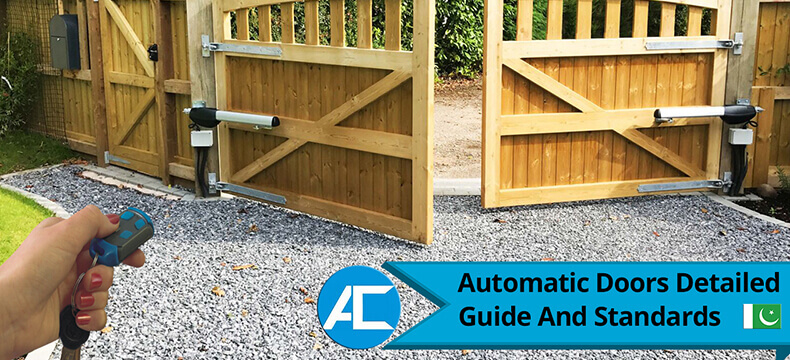
“Accessibility and User Considerations” highlight the paramount importance of inclusive design in automatic doors. These entrances play a crucial role in ensuring equal access for individuals of all abilities. They need to accommodate wheelchair users, the elderly, and those with mobility challenges. Elements like door width, sensor placement, and opening/closing speed must align with accessibility standards to facilitate smooth passage. Ensuring proper clearance and avoiding obstacles in the door’s path is vital. Moreover, the visual and auditory cues provided by automatic doors contribute to their usability. This section delves into the significance of adhering to accessibility guidelines, creating an environment where everyone can navigate comfortably and safely. It underlines the responsibility of designers and facility managers in fostering an inclusive experience through thoughtful design and proper maintenance.
Safety Features and Regulations
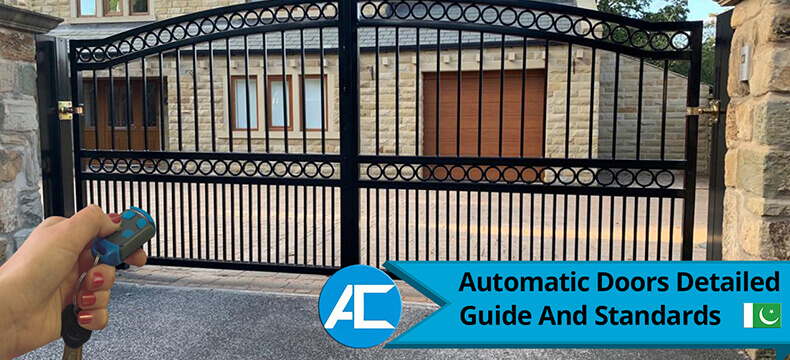
“Safety Features and Regulations” underscore the critical aspect of ensuring the well-being of users and pedestrians in automatic door systems. To prevent accidents and injuries, these doors are equipped with an array of safety mechanisms. Sensors detect obstacles in the door’s path, triggering an immediate halt or reversal of motion. Safety beams or curtains further enhance protection by creating an invisible barrier that, when interrupted, stops the door’s movement. Compliance with local building codes and international standards such as ANSI/BHMA and EN 16005 is essential to ensure the proper installation and operation of automatic doors. These regulations cover aspects like opening speed, force exertion, and emergency functionality. This section elucidates the variety of safety features integrated into automatic doors and emphasizes the need for rigorous adherence to regulations to guarantee a secure and risk-free user experience.
Get Free QuotesInstallation Process and Steps

“Installation Process and Steps” outlines the systematic procedure required to set up automatic doors seamlessly. The installation begins with a comprehensive site assessment to determine the door type that best suits the environment and user flow. The next step involves selecting the appropriate sensors, actuators, and control systems based on the door’s specifications and intended usage. Proper positioning of sensors is crucial for efficient operation. Wiring and electrical connections follow, ensuring the door’s integration with the building’s power supply and security systems. Mounting hardware and tracks are then installed, followed by the actual door assembly. Adjustments to opening and closing speeds, as well as safety features, are meticulously fine-tuned. The final phase involves thorough testing to confirm the door’s functionality, safety, and alignment with established standards.
Maintenance Practices and Tips
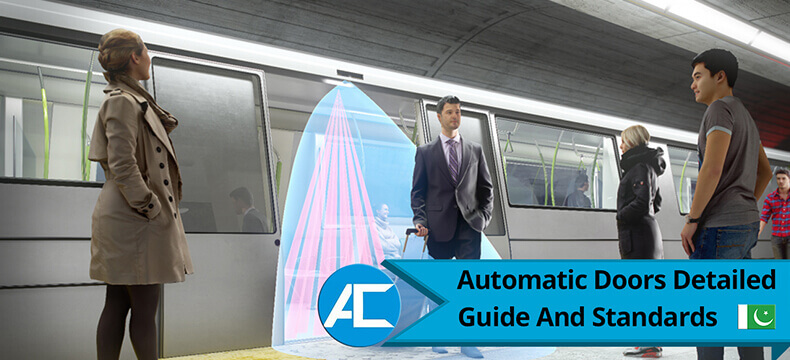
“Maintenance Practices and Tips” elucidate the strategies necessary for preserving the functionality and longevity of automatic doors. Regular maintenance is crucial to prevent wear and tear, ensuring optimal performance. Visual inspections of sensors, tracks, and moving components should be conducted periodically to identify any issues. Cleaning the sensors and lenses is essential for accurate detection. Lubricating hinges and mechanical parts minimizes friction and noise. Adjustments to door closing and opening speeds might be needed over time. Maintenance personnel should be well-versed in the manufacturer’s guidelines and recommendations. Keeping a record of maintenance activities aids in tracking the door’s history and performance trends. Additionally, creating a maintenance schedule helps in timely addressing potential problems. This section offers insights into a range of maintenance practices and tips that, when followed diligently, enhance the reliability and lifespan of automatic doors, minimizing downtime and potential disruptions.
Get Free QuotesEnergy Efficiency and Sustainability
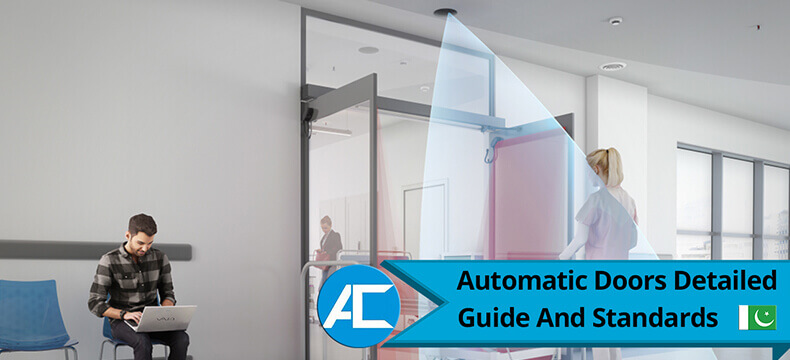
“Energy Efficiency and Sustainability” delve into the eco-conscious features and benefits of automatic doors. These doors play a role in conserving energy by reducing unnecessary heating or cooling loss in buildings. By swiftly closing after use, they minimize the exchange of air between indoor and outdoor spaces. Sensor technologies help prevent doors from being left open unintentionally. This results in lower energy consumption and reduced carbon footprint. Furthermore, designers are increasingly crafting the materials used in constructing automatic doors with sustainability in mind, striving for both durability and recyclability. This section explores the ways in which automatic doors contribute to energy efficiency and environmentally friendly practices, aligning with the growing emphasis on sustainable design and operation in modern construction and building management.
Sensor Technologies Used

“Sensor Technologies Used” highlights the advanced mechanisms that power automatic doors’ seamless functionality. Various sensor technologies are employed to detect user presence and control door movements. Passive infrared (PIR) sensors detect body heat, triggering door opening. Microwave sensors emit signals and analyze reflections to detect motion. Laser sensors create an invisible barrier that, when crossed, prompts door activation. Capacitive sensors respond to touch or proximity, while ultrasonic sensors emit high-frequency sound waves to sense obstacles. Infrared sensors create beams that, when interrupted, halt door motion. Each technology has its advantages and is suited to different environments and usage patterns. This section provides insights into the diverse range of sensor technologies used in automatic doors, showcasing their role in delivering efficient, safe, and user-friendly access solutions.
Get Free QuotesAutomatic Door Standards Overview
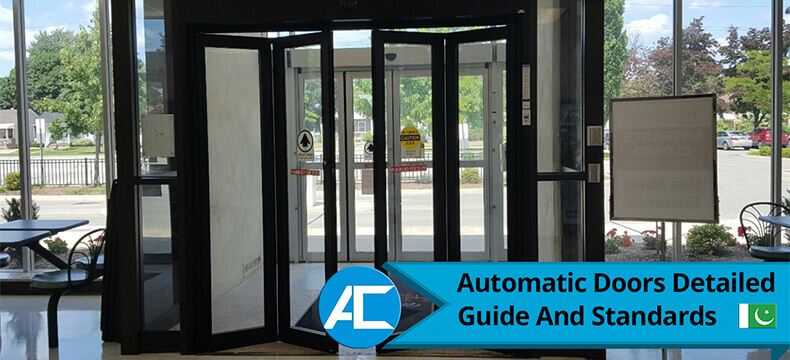
“Automatic Door Standards Overview” delves into the essential regulations that govern the design, installation, and operation of automatic doors. These standards ensure consistent safety, performance, and accessibility across different settings. The ANSI/BHMA A156.10 standard covers power-operated pedestrian doors, outlining requirements for components, safety features, and testing procedures. The EN 16005 standard provides guidelines for the safety of power-operated pedestrian doors in Europe. Both standards emphasize aspects such as force exertion limits, safety sensors, and emergency features. Compliance with these standards is paramount to ensure doors meet quality benchmarks and user safety expectations. This section provides a comprehensive understanding of the key standards governing automatic doors, enabling designers, installers, and facility managers to adhere to best practices and create secure, efficient, and compliant access solutions.
Integration with Building Systems

“Integration with Building Systems” explores the seamless amalgamation of automatic doors into the broader building infrastructure. Modern buildings require smart connectivity, and automatic doors are no exception. Integration with access control systems, building automation, and security networks enhances their functionality. By synchronizing with these systems, automatic doors contribute to efficient traffic management, security protocols, and energy conservation. Integration allows doors to respond to real-time data, such as occupancy levels or emergency alerts. This synergy optimizes user experience while promoting streamlined operations. From linking with fire alarm systems to collaborating with HVAC controls for energy efficiency, this section provides insights into the diverse ways in which automatic doors harmonize with building systems to create a technologically advanced and synchronized environment.
Get Free QuotesCommon Troubleshooting Techniques
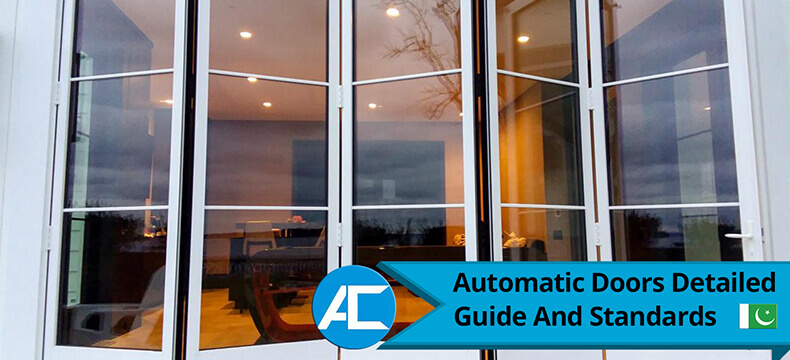
“Common Troubleshooting Techniques” offer practical solutions to address potential issues that may arise with automatic doors. When doors experience problems like slow operation, sensor misalignment, or failure to close properly, troubleshooting becomes essential. A common approach involves checking power connections and ensuring sensors are clean and unobstructed. If the door’s movement is uneven, examining track alignment and lubrication can rectify the problem. In cases of sensor malfunction, recalibrating or replacing sensors might be necessary. Slow or noisy doors might benefit from adjusting opening and closing speeds or applying proper lubrication. This section provides a toolkit of techniques that empower maintenance personnel to diagnose and resolve common problems efficiently, maintaining the seamless operation of automatic doors and minimizing disruptions.
Cost Factors and Budgeting

“Cost Factors and Budgeting” delves into the financial considerations associated with the installation and maintenance of automatic doors. The initial investment includes door type, sensor technology, and installation labor. Energy-efficient models may have higher upfront costs but yield long-term savings. Ongoing expenses encompass maintenance, repairs, and potential upgrades. Budgeting should account for routine inspections, sensor maintenance, and emergency repairs to ensure consistent performance. Assessing the total cost of ownership, including energy savings and potential downtime reduction, aids in making informed decisions. Considering factors such as door lifespan, warranty coverage, and compliance with standards helps in budget allocation. This section provides insights into the various cost factors influencing automatic door projects, empowering stakeholders to create comprehensive budgets that balance initial expenses with long-term benefits.
Get Free QuotesUpgrading Manual Doors Economically
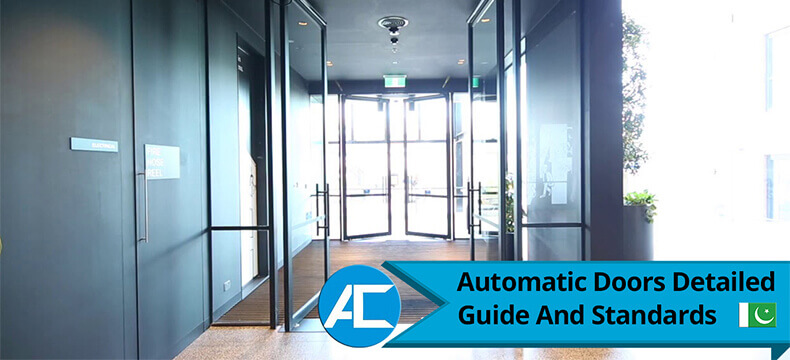
“Upgrading Manual Doors Economically” explores a cost-effective approach to modernizing existing manual doors into automatic ones. This option offers enhanced accessibility without extensive renovations. Retrofitting involves adding automated components like sensors, actuators, and controllers to the existing door structure. The choice of retrofitting kit depends on the door type and user requirements. While costs vary based on complexity, retrofitting is generally more economical than full replacements. This method maintains the aesthetic and architectural integrity of the building while improving functionality. However, factors like compatibility, maintenance, and potential future upgrades should be considered. This section provides insights into the process, benefits, and considerations of economically upgrading manual doors to automatic operation, striking a balance between affordability and enhanced user experience.
Future Trends and Innovations
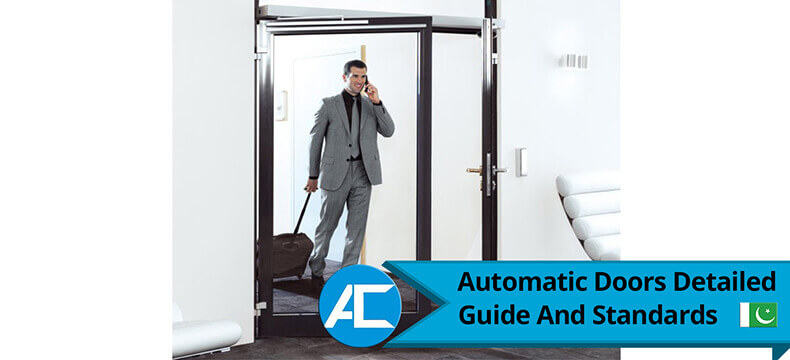
“Future Trends and Innovations” offer a glimpse into the exciting advancements poised to shape the world of automatic doors. As technology evolves, doors are likely to become even smarter, integrating AI for enhanced user recognition and adaptive response. Energy efficiency will remain a focus, with self-powering mechanisms and advanced insulation materials on the horizon. The integration of biometrics for secure access and touchless interfaces will redefine convenience and safety. Transparent displays could transform doors into interactive informational screens. Furthermore, sustainable materials and manufacturing processes will play a pivotal role in reducing the environmental impact of automatic doors. This section provides a forward-looking perspective, highlighting the potential breakthroughs and developments that will continue to revolutionize the design, functionality, and role of automatic doors in the built environment.
Get Free Quotes


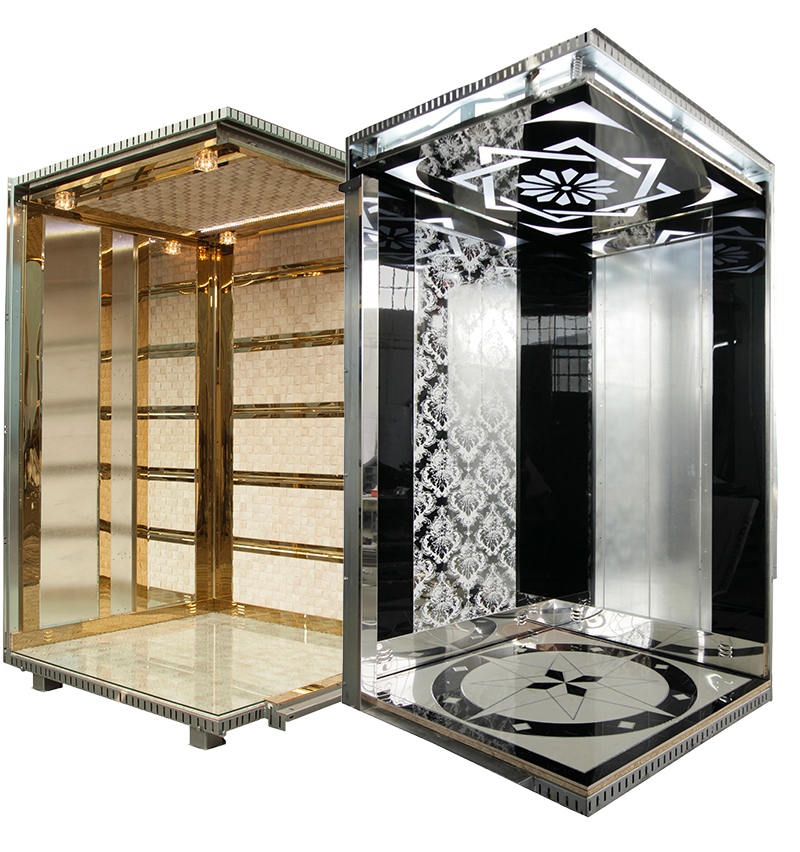

It’s nice that you pointed out how the mechanisms behind automatic doors involve sensors, actuators, and control systems that respond to user movement or touch. I passed by some commercial builders yesterday I noticed that most of them use automatic doors. This reminded me that there are commercial automatic door repair services now too.
buy college essay research essay help admission essay writing
writing essay service essay writing service best help me write a compare and contrast essay
custom admission essay i need help to write an essay i need